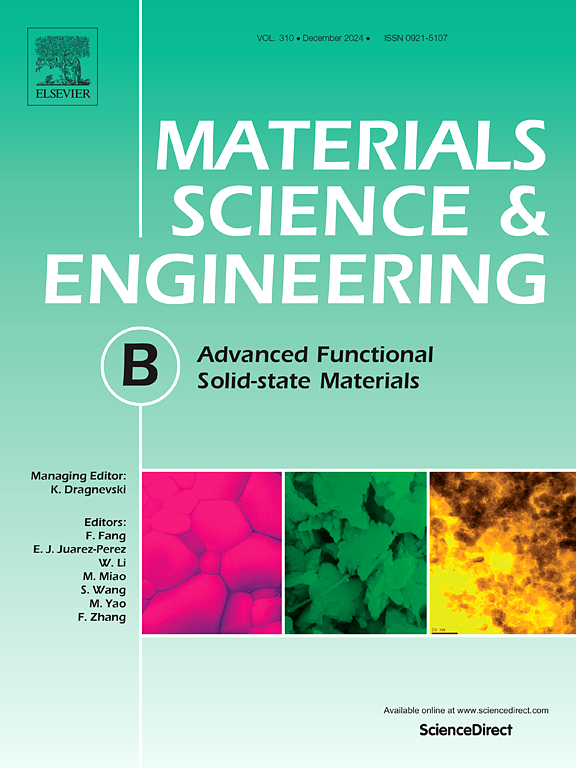Eutectic microstructure and its effect on electrical and magnetic properties of V-Ti-Si alloy superconductors
IF 3.9
3区 材料科学
Q2 MATERIALS SCIENCE, MULTIDISCIPLINARY
引用次数: 0
Abstract
The -VTi alloys are promising superconductors for high field applications. Precipitating secondary phases without altering the composition of -V-Ti binary phase can improve the critical current density (J). Here we show that adding silicon generates eutectic microstructure in the V0.60Ti0.40 alloy, consisting of -V-Ti and TiSi phases. Annealing stabilizes the two-phase microstructure. In comparison with the as-cast alloys, the annealed alloys have lower electrical resistivity for compositions lower than the eutectic composition (15 at.% Si). The superconducting transition temperature (T) reduces slightly for the as-cast alloys but increases upon annealing. The J of the V0.60Ti0.40 alloy improved by the addition of Si and is further improved when the alloys are annealed. Analysis of the field dependence of pinning force density (F) suggests that the large amount of grain/cell boundaries and the boundaries of phases with different superconducting properties in the V-Ti-Si alloys are effective in pinning the flux lines.

求助全文
约1分钟内获得全文
求助全文
来源期刊

Materials Science and Engineering: B
工程技术-材料科学:综合
CiteScore
5.60
自引率
2.80%
发文量
481
审稿时长
3.5 months
期刊介绍:
The journal provides an international medium for the publication of theoretical and experimental studies and reviews related to the electronic, electrochemical, ionic, magnetic, optical, and biosensing properties of solid state materials in bulk, thin film and particulate forms. Papers dealing with synthesis, processing, characterization, structure, physical properties and computational aspects of nano-crystalline, crystalline, amorphous and glassy forms of ceramics, semiconductors, layered insertion compounds, low-dimensional compounds and systems, fast-ion conductors, polymers and dielectrics are viewed as suitable for publication. Articles focused on nano-structured aspects of these advanced solid-state materials will also be considered suitable.
 求助内容:
求助内容: 应助结果提醒方式:
应助结果提醒方式:


